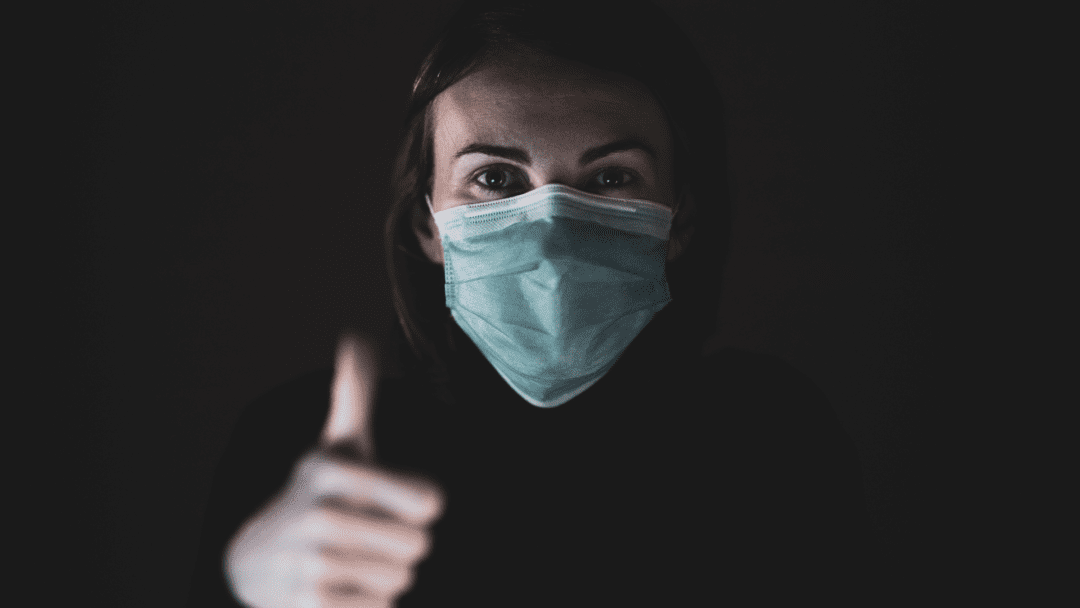Face coverings…uncovered
Following the announcement that non-essential shops are to open from June, and businesses such as hairdressers, pubs and restaurants may follow suit from July, the UK is poised to cautiously emerge from its lockdown.
These advances evoke mixed feelings in many of us, with joy at finally returning to a kind of normal, and to things we love to do, but an underlying unease at the possibility of a second wave of the virus. Those who have been isolating for health reasons may understandably be hesitant to plunge back into the world of shopping and dining out, even with social distancing measures in place. On the 11th of May, the government changed its advice on the use of masks and advised people travelling on public transport and entering confined spaces to wear face coverings.
So what’s the truth about masks? Should we be wearing them now as we venture back into society? Let’s first take a look at the different types of masks available.
- Disposable medical masks – these are the most readily available, usually blue in colour. They loop around the ears or tie behind the head. Designed for dentists and doctors who come into close contact with others, they provide ‘outgoing protection’ ie. they protect others from any bacteria and viruses the mask-wearer may have.
- Fabric washable masks – despite having a similar design to the medical masks, these offer slightly less protection as the fabric is more porous and may retain droplets.
- Respirator face masks – made from a fine mesh of fibres, these are much more effective in protecting both the mask wearer and those around them by filtering the air both in and out.
- Other PPE such as visors and shields – reserved primarily for those in the healthcare sector, these are often used in conjunction with a surgical mask to provide extra protection for workers dealing at close quarters with infected patients.
Having selected your mask of choice, it is vital that you follow a basic practice when wearing it.
- Wash your hands thoroughly before handling your mask, and always use a clean or new one.
- Pick it up with the strings and touch only the ties when fitting it.
- Do not touch the mask while wearing it. If you do, wash your hand straight away.
- Remove the mask using only the strings and put it in a closed bin or washing machine.
Follow these guidelines and you’ll get the maximum protection your mask can give you.
So should you wear a mask? We know one thing for sure. The best way to avoid catching and spreading the virus is by staying at least 2m away from other people, and regularly washing your hands thoroughly with soap or antibacterial wash. Wearing cotton or surgical mask can certainly protect you to an extent, but most don’t prevent particles from getting through. If you’re experiencing symptoms yourself, the general advice is still to remain at home.
Despite all that, masks are widely considered to be much better than wearing no protection, especially when on buses or trains, or entering small shops or restaurants.
It’s a worrying time for many reasons as we embark on our new lives post-COVID-19, so if wearing a mask makes you feel less anxious, that in itself is reason enough.

